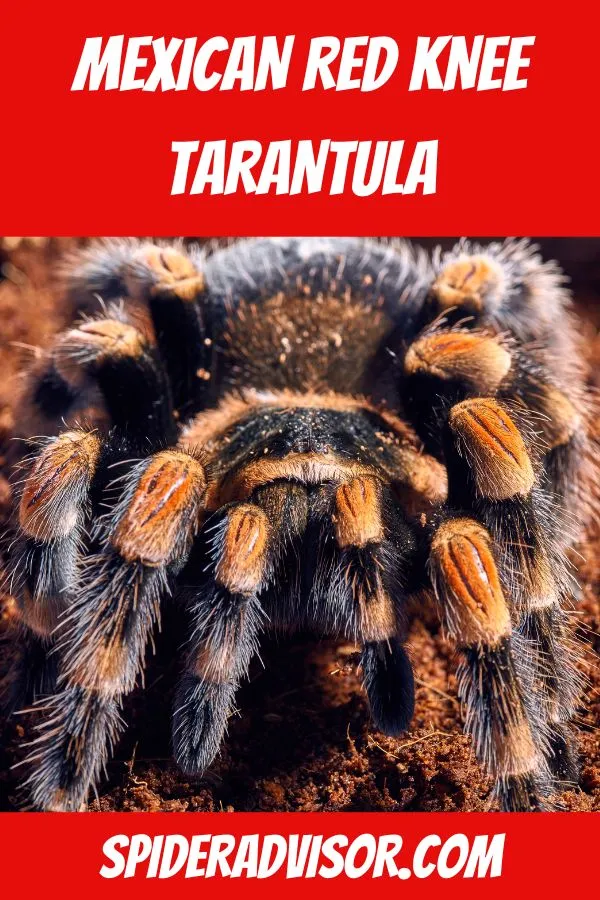Understanding Male Mexican Red Knee Tarantula Lifespan
The Mexican Red Knee Tarantula (Brachypelma hamorii), a captivating species cherished by arachnid enthusiasts, presents a unique contrast in longevity between males and females. Unlike their female counterparts, male Mexican Red Knee tarantulas have a significantly shorter lifespan. Understanding this difference is crucial for prospective owners. This guide provides a comprehensive overview of factors impacting the lifespan of male Mexican Red Knee tarantulas, from genetics and environmental conditions to care and common health concerns. This information will empower you to provide the best possible care and appreciate the unique life cycle of these fascinating creatures.
Factors Influencing Lifespan
Several factors intertwine to determine how long a male Mexican Red Knee Tarantula will live. Genetics play a role, but environmental factors and care practices often exert a greater influence. Understanding these elements is vital for responsible tarantula ownership.
Genetics and Breeding
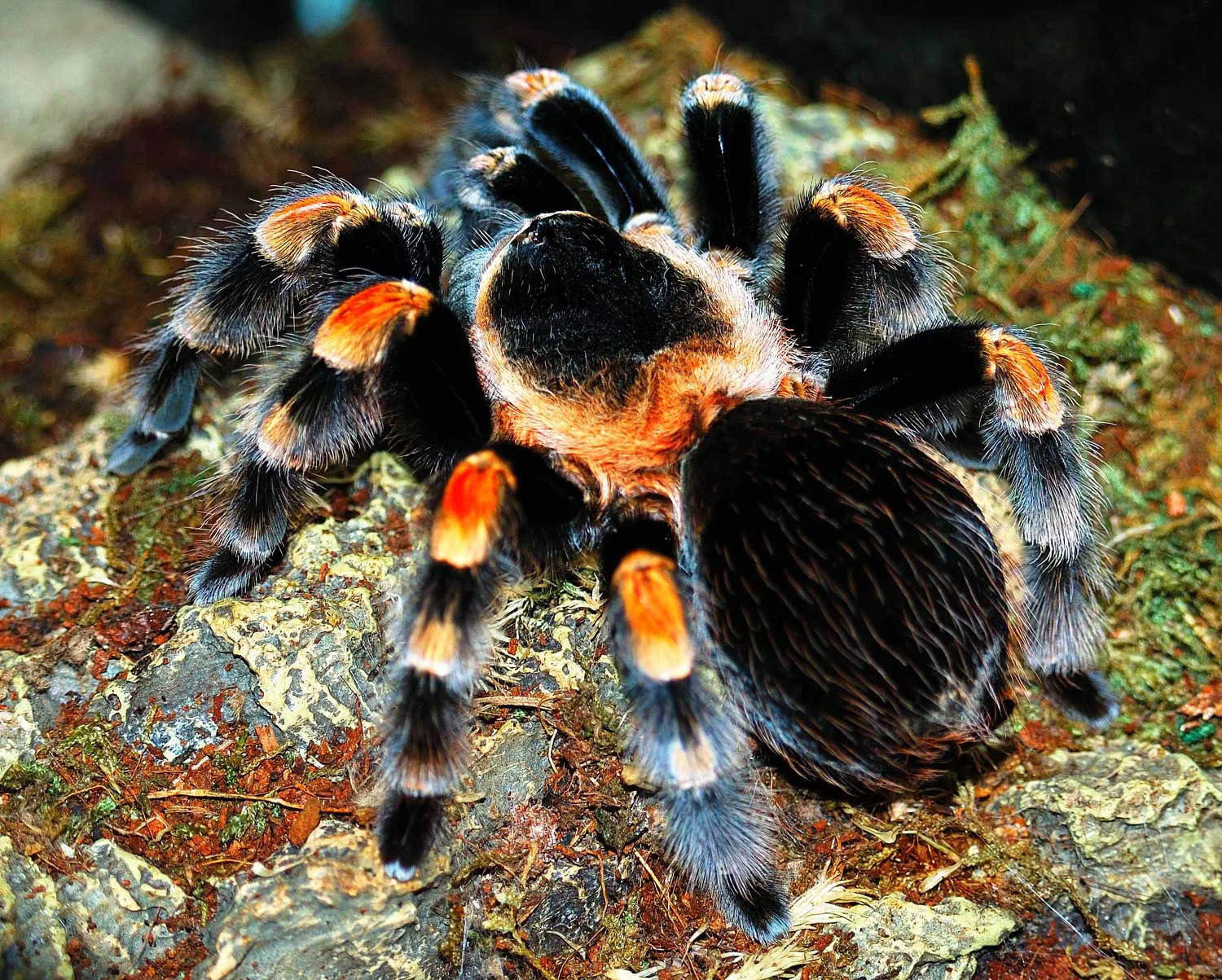
While the inherent genetic makeup of a tarantula influences its overall health and potential lifespan, selective breeding practices can unintentionally impact longevity. Tarantulas from reputable breeders who prioritize healthy breeding stock may have a slightly better chance of reaching their full potential lifespan. Unfortunately, the complex nature of tarantula genetics makes it difficult to predict lifespan based solely on breeding lines. The genes passed down can sometimes lead to certain health conditions or vulnerabilities that affect longevity, so responsible breeding practices are important.
Environmental Conditions
Environmental conditions are critical. Maintaining optimal temperature, humidity, and a stress-free environment are vital for the health of a male Mexican Red Knee Tarantula. Incorrectly setting the habitat can drastically shorten a tarantula’s life. Stress, often triggered by sudden temperature fluctuations, loud noises, or lack of proper hiding places, can weaken a tarantula’s immune system, making it more susceptible to illness and decreasing lifespan. Mimicking their natural habitat, while providing a secure enclosure, can ensure a healthier and longer life.
Diet and Nutrition
Proper nutrition is crucial for tarantula health. A balanced diet of appropriately sized insects, like crickets or roaches, is essential. Overfeeding can lead to obesity and other health problems, while underfeeding can stunt growth and weaken the tarantula. It’s important to monitor the tarantula’s feeding habits and adjust the amount of food accordingly. The nutritional value of the food also matters; gut-loading feeder insects with nutritious food prior to feeding can improve a tarantula’s overall health and, potentially, its lifespan. Always make sure the insects you are feeding your tarantula are free from pesticides.
Identifying Male vs Female Tarantulas
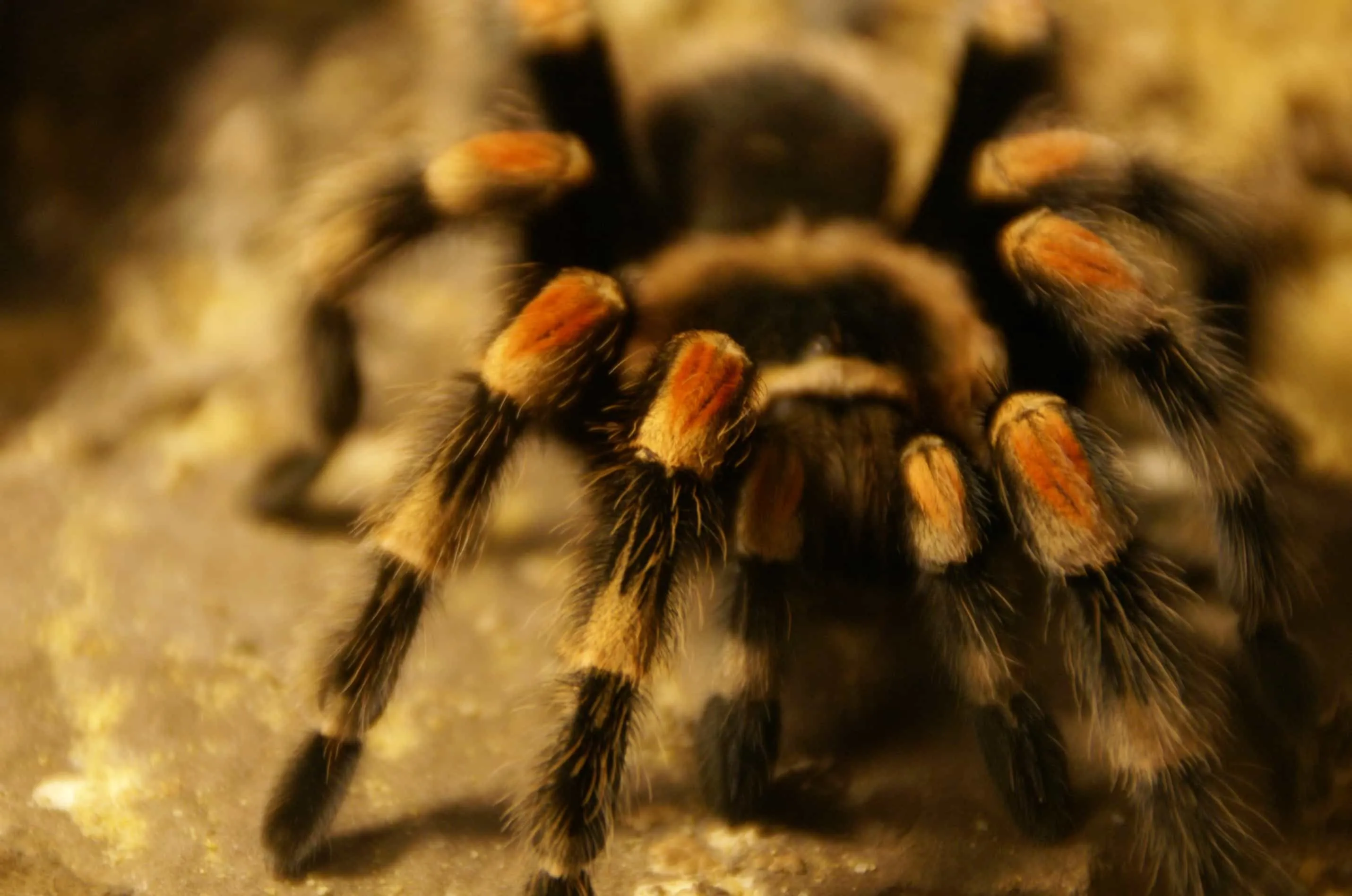
Distinguishing between male and female Mexican Red Knee tarantulas can be challenging, particularly in younger specimens. Accurate identification is key to understanding the potential lifespan of your tarantula. Several physical and behavioral traits provide clues, however, a definitive determination often requires examining the molted exuvium or using other methods. This is important, as male tarantulas have a different lifecycle than females.
Physical Characteristics
Adult male Mexican Red Knee tarantulas typically exhibit a less robust build compared to females. They often have longer legs and a smaller abdomen. The most reliable method is to examine the exuvium (molted skin). Mature males possess modified pedipalps (small appendages near the mouth) that resemble boxing gloves. They also have tibial hooks on their front legs, used to secure the female’s fangs during mating. This is usually the most reliable way to tell if it’s a male or female tarantula. Sometimes the abdomen may be a different shape.
Behavioral Differences
Males exhibit different behaviors compared to females, especially as they approach maturity. Mature males become restless and start wandering in search of a mate. This wandering behavior can increase their risk of injury. Additionally, after the final molt, male tarantulas focus on mating. The female tarantula will not accept the male every time. During this period, males generally cease feeding, further shortening their lifespan. Female tarantulas, on the other hand, generally remain within their habitat, focusing on feeding and building a web.
Average Male Lifespan
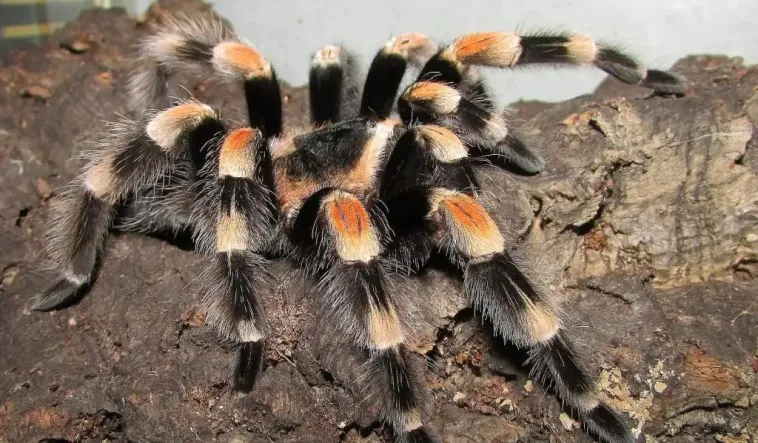
The lifespan of a male Mexican Red Knee tarantula is significantly shorter than that of a female. On average, males live for only a few years after their final molt, typically ranging from 1 to 3 years. This contrasts sharply with females, which can live for 20 years or longer under optimal conditions. This difference is mainly because of their mating behaviors. The final molt is the event when they become adults.
What to Expect During Molting
Molting is a natural process where tarantulas shed their exoskeleton to grow. The frequency of molting decreases as the tarantula matures. The final molt is crucial for males, as it marks their sexual maturity. After this molt, the male tarantula’s primary focus shifts to reproduction, influencing their lifespan. The old skin is shed away from the tarantula.
Post-Mating Behavior and Lifespan
After mating, the male Mexican Red Knee Tarantula’s lifespan is considerably shortened. They often lose their appetite and become lethargic. The physical exertion of mating, combined with a decline in food intake, takes a toll. They may be killed by the female tarantula. They are generally not well after mating.
Caring for Your Male Tarantula to Maximize Lifespan
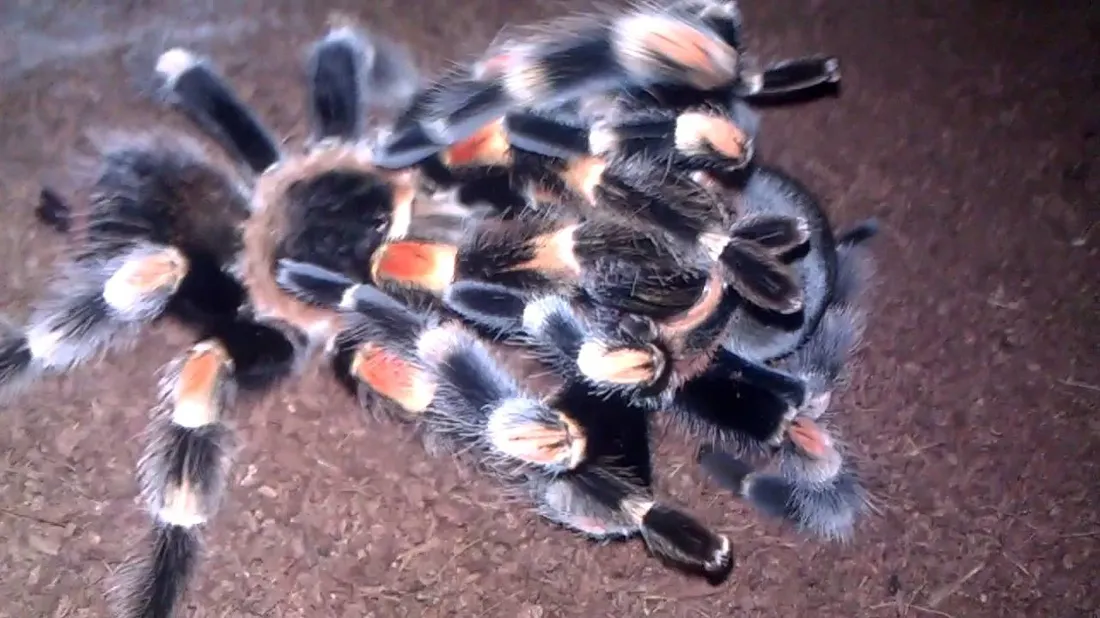
While you cannot drastically extend a male Mexican Red Knee tarantula’s lifespan beyond its genetic potential, providing optimal care is vital to help it live to its fullest. This involves maintaining a suitable habitat, offering proper nutrition, and handling your tarantula safely.
Optimal Habitat Setup
A well-designed habitat is crucial. The enclosure should be appropriately sized for the tarantula’s body. Provide a substrate of coco fiber or similar material that retains moisture. Include a hide, such as a cork bark or a half-log, for the tarantula to feel secure. Maintaining a temperature between 75-85°F (24-29°C) and a humidity level of 60-70% is also important. The environment will ensure the tarantula is healthy.
Feeding and Watering
Offer appropriately sized insects, such as crickets or roaches, 2-3 times a week for juveniles and less frequently for adults. Always provide a shallow water dish with fresh water, especially as they get older. Remove any uneaten food within 24 hours to prevent mold growth. Observe your tarantula’s feeding habits. If your tarantula stops eating, it might be preparing to molt, or there could be an underlying health issue.
Handling and Safety
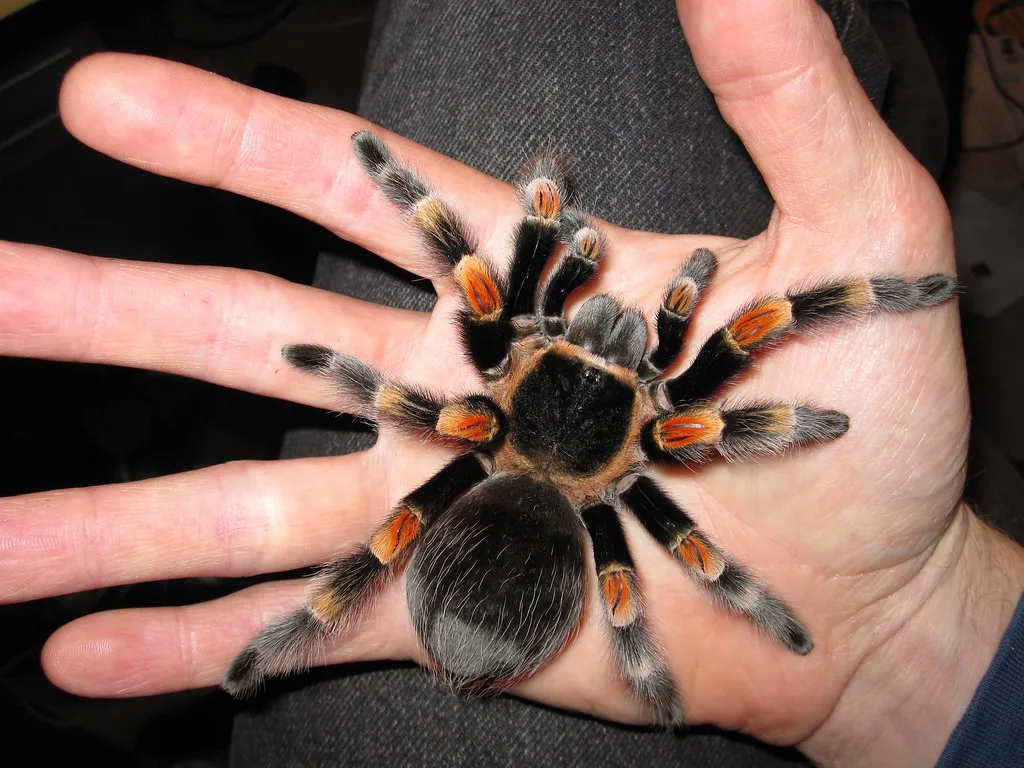
Minimize handling, especially with male tarantulas. Excessive handling can stress the tarantula and potentially lead to injury. While Mexican Red Knee tarantulas are generally docile, they can bite if they feel threatened. Always handle your tarantula over a soft surface to prevent injury if it falls. Avoid touching the urticating hairs on the abdomen, as these can cause skin irritation. Handing is to be done at your own risk.
Common Health Issues
Tarantulas, like all living creatures, can be susceptible to various health issues. Recognizing the signs of illness and taking preventative measures can help maintain your tarantula’s health and potentially prolong its lifespan.
Recognizing Signs of Illness
Be vigilant for signs of illness. These may include lethargy, loss of appetite, changes in posture, or unusual behavior, such as tremors or uncoordinated movements. Examine the tarantula for any physical abnormalities, such as wounds, parasites, or discoloration. If you observe any of these signs, consult an experienced tarantula keeper or a veterinarian familiar with exotic animals.
Preventative Measures
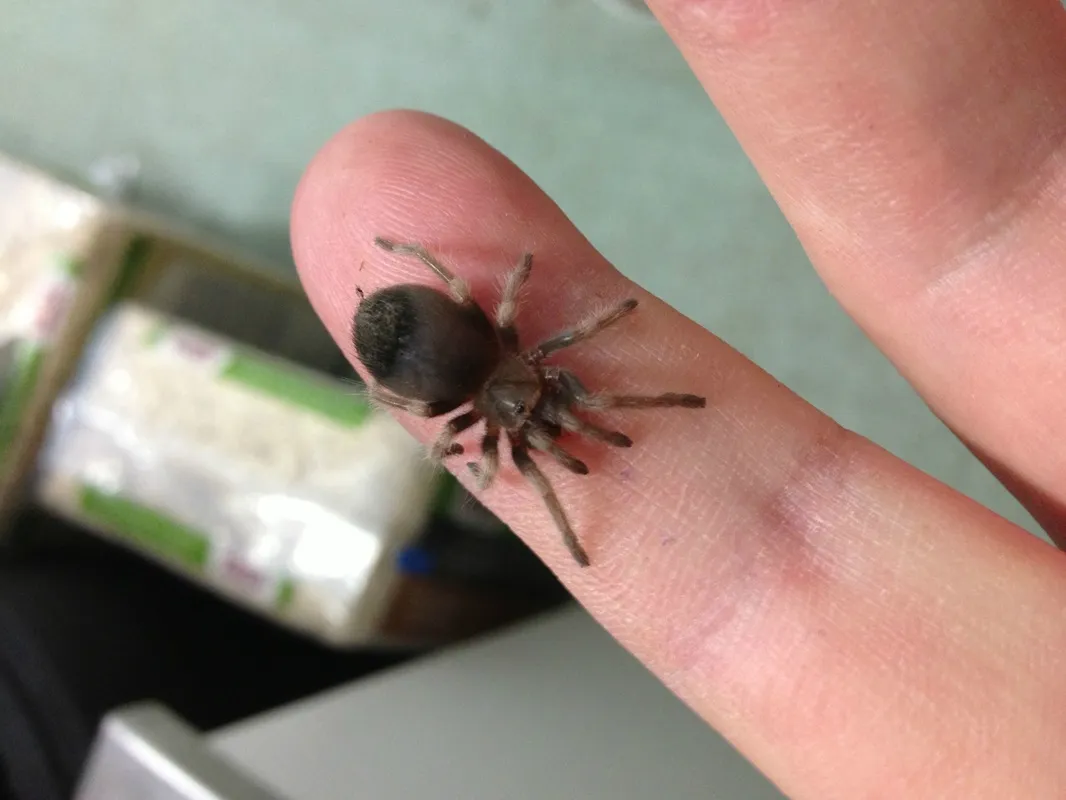
Implement preventative measures to maintain your tarantula’s health. Maintain a clean enclosure, removing uneaten food and waste regularly. Ensure the substrate is changed periodically to prevent the buildup of bacteria and mold. Provide a balanced diet and appropriate environmental conditions. Quarantine new tarantulas to prevent the spread of potential diseases. Proactive maintenance is essential.
Conclusion
Understanding the lifespan of a male Mexican Red Knee tarantula is a key aspect of responsible pet ownership. While their lives may be shorter than their female counterparts, providing optimal care can ensure they live a healthy, comfortable life. By focusing on proper habitat, nutrition, and recognizing potential health issues, you can appreciate the unique beauty of these fascinating creatures. Their shorter lifespan doesn’t diminish their value, and their journey is a testament to the diverse wonders of the natural world. Enjoy your time with your tarantula.
